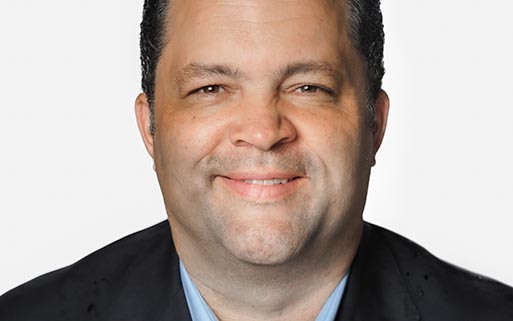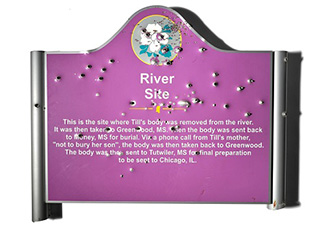WASHINGTON (NNPA) – Blacks who have been diagnosed with the Human Immunodeficiency Virus (HIV) continue to lag behind Whites and Latinos when it comes to getting linked to care, increasing the chances that they could spread the disease to others.
Just 76 percent of Blacks, who have been diagnosed, are linked to care for HIV, the lowest rate of all racial and ethnic groups. Eighty-five percent of Whites who are living with HIV are receiving treatment.
“Engaging and retaining people in HIV care has to be a top priority in our HIV response, said Jonathan Mermin, the director the National Center for HIV, Hepatitis, STD, and TB Prevention at the CDC.
There are more than 1.2 million people living with HIV and 70 percent (839,336) of them have not achieved viral suppression, according to a recent report by the Centers for Disease Control and Prevention (CDC). That’s why the CDC has stepped up efforts to get more people who are living with HIV the healthcare they need.
Tom Frieden, the director of the CDC, said that because most people achieve viral suppression with the proper medication, it’s important that people start treatment as soon as they’re diagnosed. Viral suppression is suppressing or reducing the function and replication of a virus.
“HIV care and treatment not only work to improve health and prolong lives, but also to prevent new infections,” said Frieden. “Yet, we’re not reaching nearly enough people.”
Frieden continued, “Treatment is particularly important, because people with HIV who achieve viral suppression aren’t just healthier, they are also less likely to infect others.”
Blacks account for almost half of all new infections in the United States each year (44 percent) and more than one third of all people living with HIV (41 percent), according to the CDC.
“Among Blacks, men account for 70 percent of new HIV infections and women account for 30 percent,” stated the CDC.
Eugene McCray, the director of the CDC’s Division of HIV/AIDS Prevention, said that within the Black community the disease really doesn’t show any favoritism.
“It affects men, women, gay and straight, young and old,” said McCray, adding that gay and bisexual men are the most affected, followed by heterosexual women. “But young Black, gay and bisexual men are by far the hardest hit.”
- The CDC reported that young Black men who have sex with men (MSM) account for more new HIV infections than any other subgroup of MSM.
- African American women accounted for 64 percent of AIDS diagnoses among all women in 2010, compared with 17 percent of Latino women 15 percent of White women.
- Although Black teens represent only 17 percent of the American teenager population, they account for 70 percent of new AIDS diagnoses among all teens.
McCray said that one of the greatest challenges to getting young Blacks into treatment is the lack of a diagnosis.
“Many don’t know that they’re infected,” said McCray.
A lack of a strong social support system, lack of health insurance, lack of adequate youth friendly-services, especially for Black youth, can all lead to poor access to care, McCray said.
In an effort, to increase linkage and retention to care and access to prevention services and to decrease HIV/AIDS related deaths among people of color, the CDC launched the Care and Prevention in the United States (CAPUS) Demonstration Project. CAPUS provides $44.2 million through eight state health departments in Georgia, Illinois Louisiana Mississippi, Missouri North Carolina Tennessee and Virginia.
McCray said that by targeting these states the CDC also hoped to have a particularly positive impact on the Black community, because with the exception of Missouri, each state has a higher population of Black residence than the national average.
In order to qualify for grants, jurisdictions had to have an AIDS diagnosis rate of more than 6 per 100,000 in 2010.
In FY 2012, more than $14 million was awarded through CAPUS, the first year of the three-year project.
CAPUS program was designed to increase the number of people with HIV receiving ongoing medical treatment while reducing social, clinical and economic barriers to preventing HIV.
“The key to controlling the HIV epidemic is controlling the virus and that’s true for all communities,” said McCray. “Just 30 percent of people living with HIV have achieved viral suppression in all communities, Black and White. We need to improve our health outcomes along the entire continuum.”
McCray added: “African Americans still bear the brunt of the HIV crisis in the U.S. When people get tested, if they learn that are HIV positive, it’s important that they get linked to care and retained in care.”















